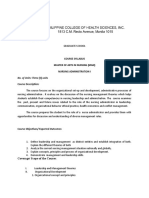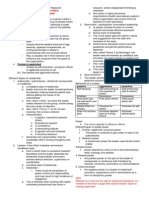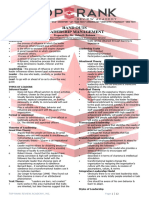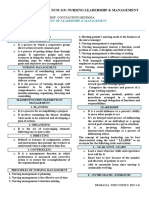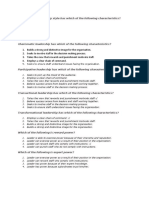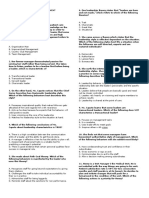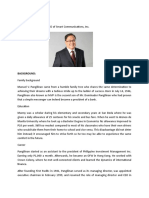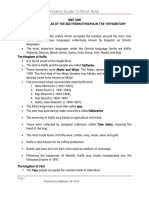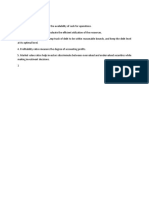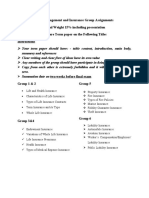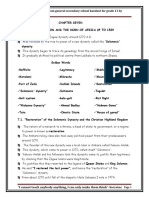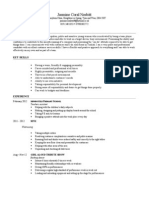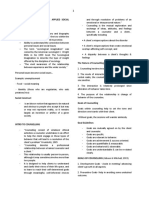0% found this document useful (0 votes)
759 views8 pagesChapter 1
1. Leadership can be defined as the ability to influence others towards achieving goals. Leadership occurs among people and involves influence to attain goals. It is a dynamic process of establishing direction and motivating followers.
2. There are many definitions of leadership but common aspects include influence over others, achieving goals, and directing a group. Leadership differs from management in that management focuses on maintaining stability while leadership focuses on facilitating change.
3. Experts debate whether leadership and management are distinct functions. Some argue they are different types of roles while others see leadership as a part of management. Effective organizations generally need both strong leadership to drive change and strong management to maintain order.
Uploaded by
Ebsa AdemeCopyright
© © All Rights Reserved
We take content rights seriously. If you suspect this is your content, claim it here.
Available Formats
Download as DOC, PDF, TXT or read online on Scribd
0% found this document useful (0 votes)
759 views8 pagesChapter 1
1. Leadership can be defined as the ability to influence others towards achieving goals. Leadership occurs among people and involves influence to attain goals. It is a dynamic process of establishing direction and motivating followers.
2. There are many definitions of leadership but common aspects include influence over others, achieving goals, and directing a group. Leadership differs from management in that management focuses on maintaining stability while leadership focuses on facilitating change.
3. Experts debate whether leadership and management are distinct functions. Some argue they are different types of roles while others see leadership as a part of management. Effective organizations generally need both strong leadership to drive change and strong management to maintain order.
Uploaded by
Ebsa AdemeCopyright
© © All Rights Reserved
We take content rights seriously. If you suspect this is your content, claim it here.
Available Formats
Download as DOC, PDF, TXT or read online on Scribd
/ 8


